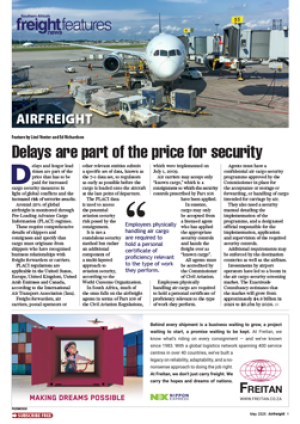The “exceptional growth” of the Namibian economy since 2010 is under threat, warns the International Monetary Fund in its 2018 report by the executive board.
Reflecting the feedback FTW received from the market during its annual visit to the country, the IMF report states: “In 2016, the economy reached a turning point and sharply decelerated and began contracting in 2017.”
Over the past two years the business mood has definitely weakened.
“Despite being a small commodity-dependent economy exposed to external shocks, from 2010-2015 Namibia’s annual GDP growth averaged 5% percent and living standards improved,” says the IMF in a statement issued after an Article IV consultation with Namibia.
The freight and trading sector benefited from investment in the mining sector.
Since 2013, three large mines have been constructed, including a large uranium mine (Husab), which is expected to become the world’s second largest.
The construction boom brought a total of N$53.5 billion (in nominal terms) in new investments over a three-year period, with private investment contributing on average 3.3% to total GDP growth over the same period compared to an average of 1.2% in the first part of the 2000s, according to the report.
Mining activity came to a “sudden halt” in 2017.
“With temporary expansionary factors ending, the economy has reached a turning point. GDP sharply decelerated in 2016 and contracted in 2017 as construction in the mining sector came to an end and the government began consolidating. Despite the challenges, the outlook for Namibia “remains positive with considerable vulnerabilities and risks”.
Demand for project cargo services is expected to return.
“Growth is projected to resume in 2018, as mining production ramps up, construction activity stabilises and manufacturing recovers, before converging to a long-term rate of about 3.5%, which is below the average of recent years,” it states. Namibia’s dependence on the fortunes of its neighbours is highlighted by the dependence on South African Customs Union (Sacu) revenues to balance the books.
“As Sacu revenues are expected to decline, in the absence of policy action, the fiscal deficit would remain large and public debt would continue rising and approach 70% of GDP by 2022.” Mining is expected to keep the wheels of the economy – and the logistics sector – moving.
“On the positive side, the current account deficit is expected to narrow on average to around 6% of GDP on the back of larger mining exports, but international reserve coverage is projected to gradually decline,” states the report.
INSERT
Mining is expected to keep the wheels of the economy moving.

